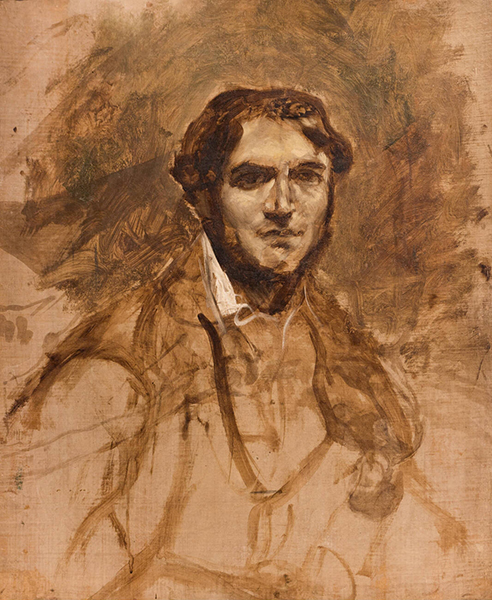
Nemo Vir, at age 46
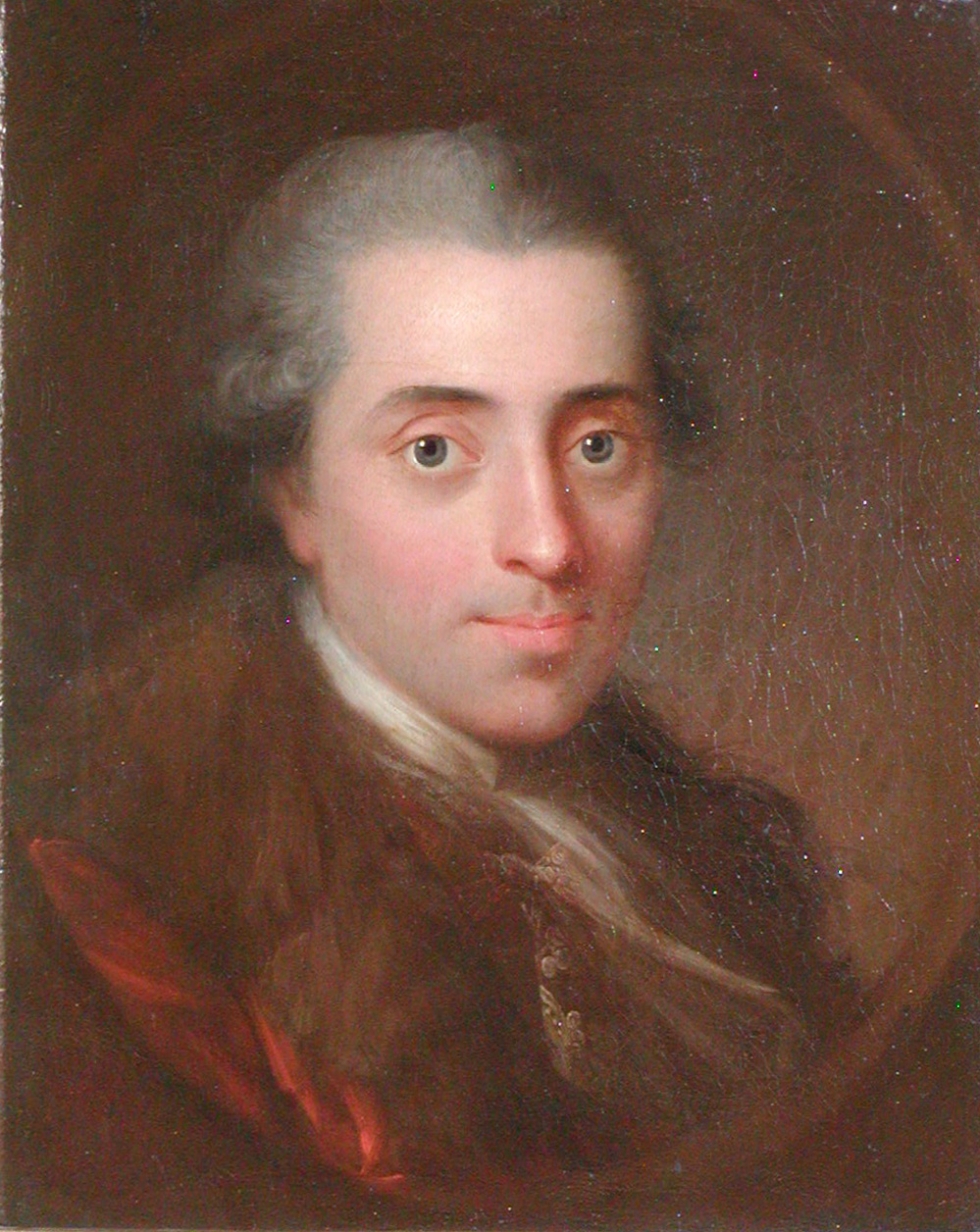
Johannes Ewald
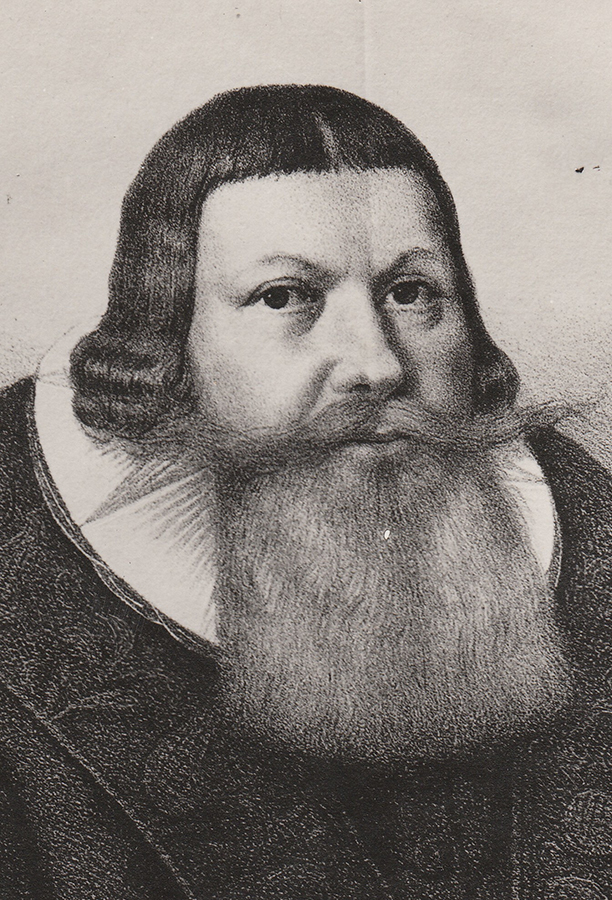
Anders Christensen Arreboe
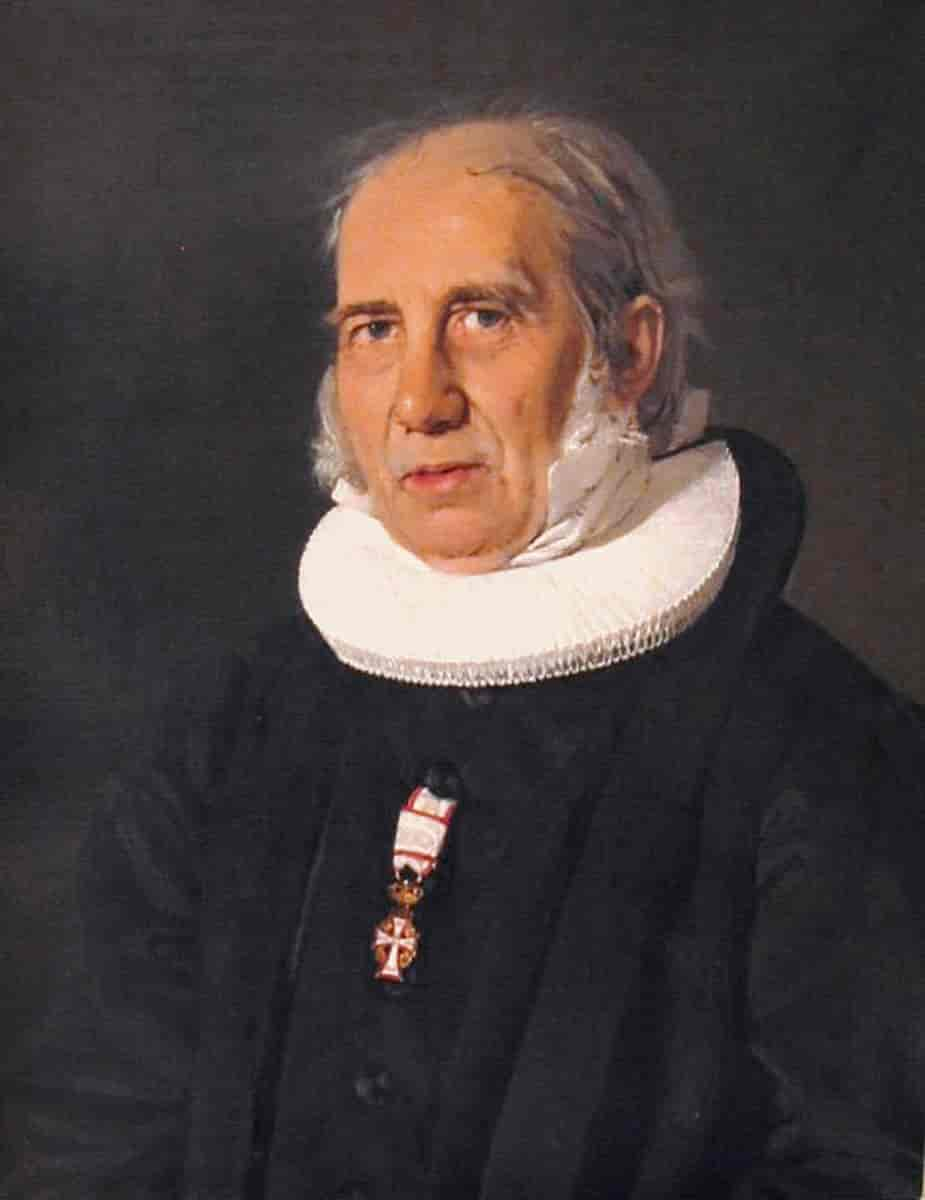
N.F.S. Grundtvig
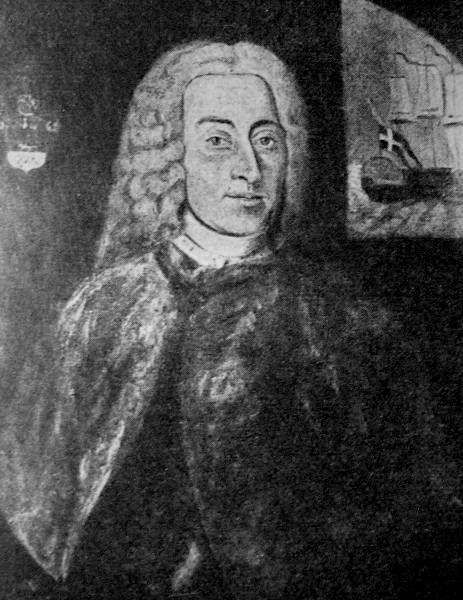
Caspar von Wessel
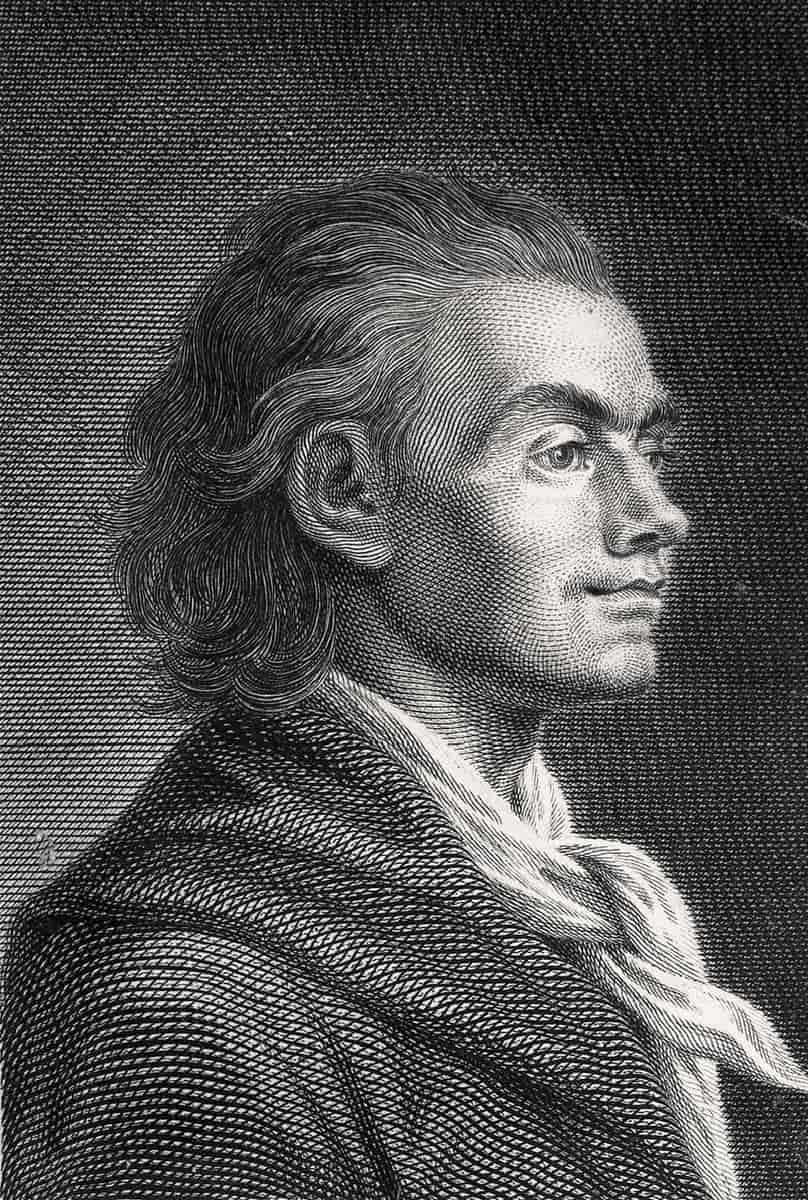
Johan Herman Wessel
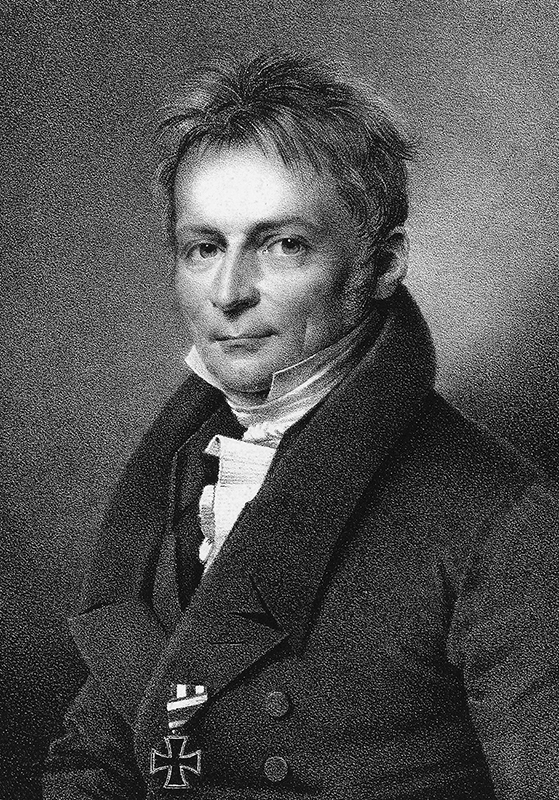
Henrich Steffens
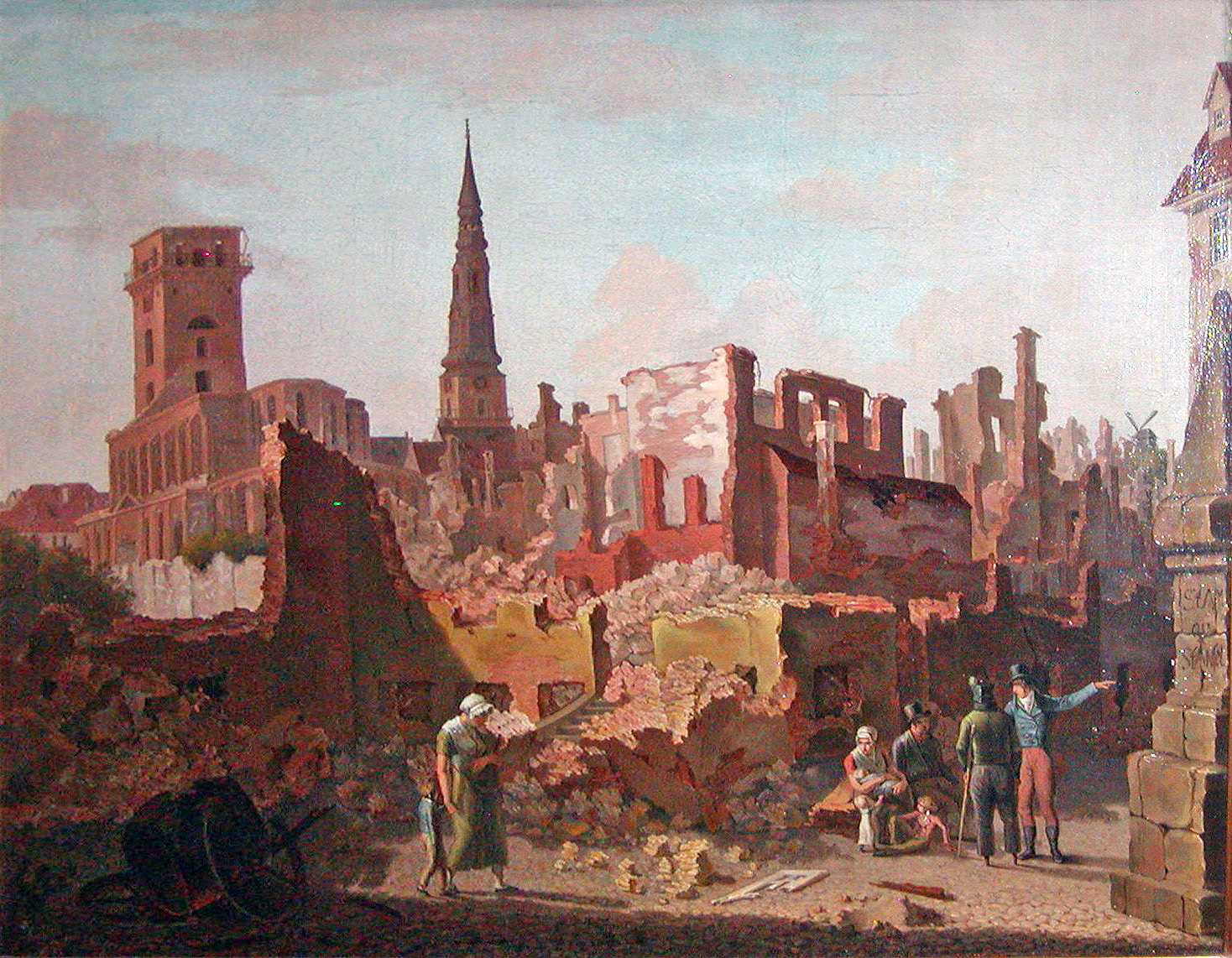
Remains of Copenhagen
Biography
Nemo Vir was born in Copenhagen, Denmark, in April 1786. He was the only son of Ingmar Vir, a Lutheran
pastor. Even though he had a strict religious upbringing, his parents loved literature and young Nemo
showed his own special interest from an early age. He read the Danish classics of poetry, like Anders
Christensen Arrebo (1587-1637) poet and Lutheran bishop, known best for his poem Hexaëmeron, and
Johannes Ewald (1743-1781) who is considered the most important Danish poet of the second half of the
18th century.
Vir lived through the Golden Age of Copenhagen but, on July 5th, 1795, a raging fire that started in an
old nautical base definitively overturned the life of the city as well as his life. The fire burned for
two days. Over one thousand homes were decimated, and droves of city dwellers were rendered homeless.
Countless historical landmarks in the city were destroyed, among them the Renaissance era building of
the Church of Saint Nicholas.
His father was in the church during the fire where he found a tragic death in the flames. Vir's
family, alongside many residents, found temporary shelter in the Christianborg Castle ruins. A few
months after that, his mother decided to send him to the Jutland Cathedral School, after noticing how
much this death had shaken young Nemo. The school was where he met and became friends with Frederic
Grundtvig who would later become an emblematic figure for Danish cultural history (as a pastor, writer,
poet, philosopher, historian, teacher, and political figure) as he helped form contemporary Danish
national identity.
This friendship between schoolmates lasted long, albeit with a few instances where they were separated
by distance, and influenced both their lives and works, as they were marked by many shared interests.
Both men were brought up in religious homes, loved Norwegian legends and folklore, were trained in the
tradition of European Enlightenment, and forged their faith in Logic through Romanticism as well as the
ancient history of Scandinavia.
Grundtvig studied theology in the University of Copenhagen and became a pastor in 1800. At the end of
his academic life, he started studying Icelandic and Norwegian mythology. Vir also attended the same
University to study law and philosophy, were he rekindled his friendship with Grundtvig.
During his University years he met mathematician and cartographer Caspar Wessel and his brother, poet,
and dramatist Johan Hermann Wessel and all three of them became close friends. The conversations he had
with the brothers and, especially Caspar's love for maps, birthed in Vir a longing for the unknown
and faraway journeys. He was joined by both brothers in 1802 in Copenhagen to watch Henrik
Steffens's lectures. Steffens, a philosopher, physicist and poet who introduced romanticism to
Denmark, was influenced by Schelling, Goethe and other German philosophers whom he had previously met
and studied in Germany where he returned after a short stay in Copenhagen leaving his mark on the
intellectual life of the city.
Vir's meetings at a younger age as well as a series of tragic incidents, marked his career and his
works.
In 1803 Denmark is embroiled in the Napoleonic Wars and in August 1807, Copenhagen is bombed by the
British fleet. This time the city is utterly destroyed. And while a peace accord is signed in September
of that year, Vir decided to leave the city that filled him with negative memories.
He boarded a boat as a crew member and started his years-long journeying. He traveled as a seaman and
carried with him childhood trauma but also all the mental and spiritual provisions he gained during his
University days and his family life. He never returned to Copenhagen; just a few years prior to his
death, he settled down in Jutland, where he wrote the last of his works.
He traveled for 25 years, visiting the Mediterranean, Far East and Asia as a Romanticist, a traveler -
explorer. He thought of a journey as a spiritual experience with transformational power and as a genuine
adventure in new worlds.
During this time, he journeyed as far as India and stayed for short periods of time in many
Mediterranean ports, in Atrani Italy, Istanbul, Corfu, Malta, Cyprus and Smyrna.
In 1832 he returned to Denmark brimming with experiences from his traveling. He chose Jutland, the city
he had first loved as a student, as his base, where he lived and wrote his last work, a true testament,
a poetic and philosophical composition of all his lived experience. His final years he lived close to
nature, in solitude, having only a cat as company. A short while after his death, he entrusted his works
as well as his cat to Frederic Grundtvig. His work was published and was celebrated long after his
death. They were especially loved in Denmark for their ability to convey the feeling of metaphysical
exoticism in the cold and austere North.
